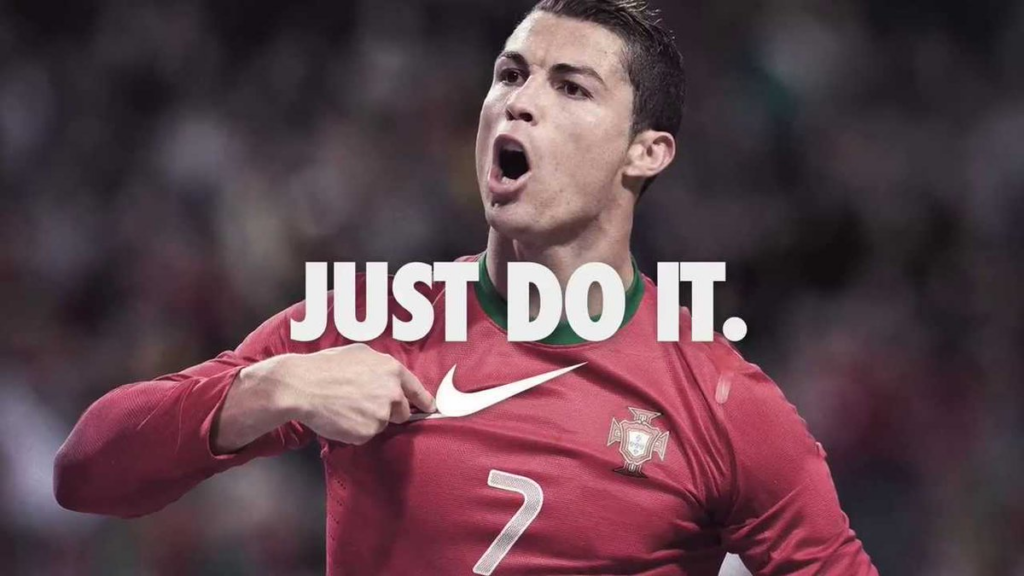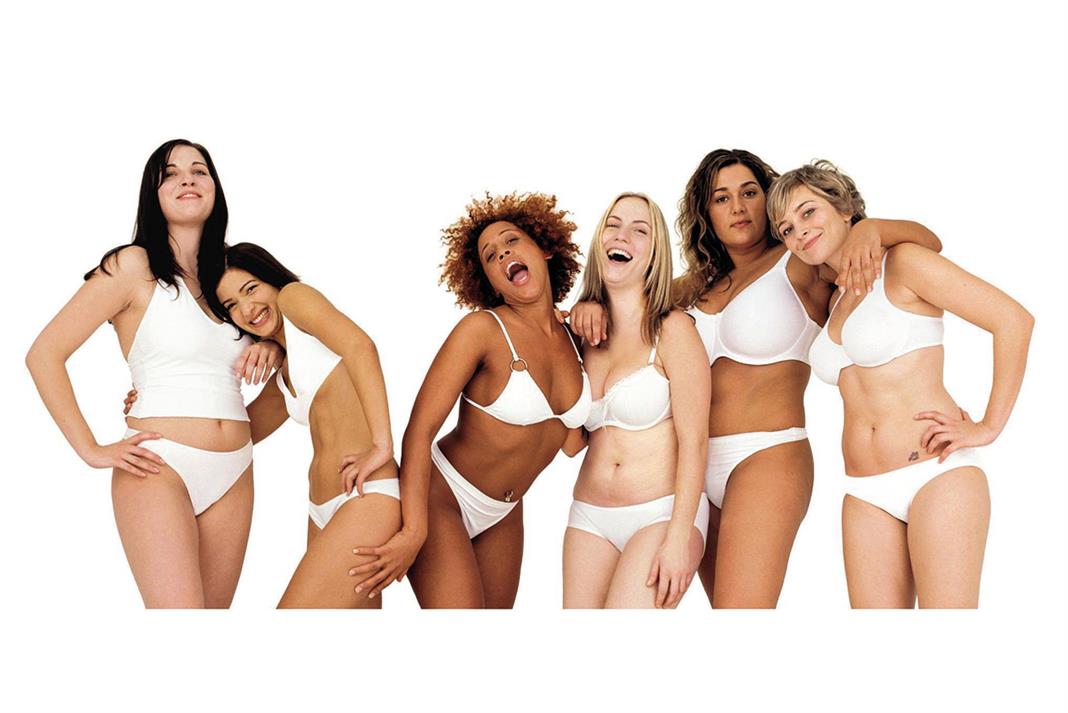Introduction
Advertisement examples are a fun way to understand the concepts gleaned off till now and this chapter tries to achieve the same. How to design a marketing communication, the various forms of communication, the management of digital communication have all been understood in the earlier chapters.
This chapter stresses on the practical application of these theories. I will try and dissect popular advertising campaigns and see how they made their mark. Understanding “Advertisement Examples” will be a fun way to apply theory to practice.
Advertisement Examples, First: Just do it
The most famous tagline has become synonymous with success, and number one in our advertisement examples is Nike’s marketing sensation. Launched in the year 1988, the "Just Do It" campaign was inspired by the last words of a death row inmate.
The speciality of this campaign lies in its simplicity. The words are not only universal but also personal. This unique combination of universally appealing to every individual is what makes it extremely special.
Target Audience: At the time of launching the campaign, Nike was focussing mainly on track athletes. The “Just do it” inspired athletes not to overthink but just do it.
As the brand kept evolving from track athletes to a sporting giant, the relevance of the campaign to find importance in every aspect of the sport is what makes Nike, the best advertising example one can look at.
Nike believes that the era of marketing techniques based solely on the attributes of a company's products is over and that today's businesses must sell a story in order to keep consumers interested for a longer period of time.
To attain and perfect this, the company has made strategic ties with the most popular sporting ambassadors. From Cristiano Ronaldo to Rafael Nadal, every sporting best is a Nike Athlete. When Ronaldo scores a winning goal, Nike sells that goal by telling the audience that he is “just doing it” and you can see the ad everywhere, from print to screen.
Learnings from the earlier chapters: In chapter 1, I spoke of the purpose behind marketing communication. Let me point out here that the major purpose of Nike’s communication was to ignite that spark, which at some point in time is needed for everyone.
The universality of purpose is leveraged perfectly by Nike and this brings us to chapter 3 where you can find the perfect synergy between brand alignment and customers' aspirational alignment.
In the marketing communication mix we spoke of in chapter 2, Nike is addressing two of them with one shot. The element of Publicity and PR and the element of that of Advertisement. The first of our advertisement examples is the textbook success of the implementation of marketing communication strategies.

Advertisement Examples, Second: Share happiness; have a Coke
Coca Cola is the most famous beverage drink in the world. Muddled with controversies of water-guzzling plants to rumours about pesticides in the drink, it had its fair share of negative publicity.
Despite all these coke’s position as the leader of the beverage industry has never been in doubt. One of the most critical facts which make its position undisputed is the huge amount of money the company invests in advertising.
Coke sponsors many events and this repeated positioning in the minds of the customer's coke achieves is via the constant advertising it does. Coke is associated with leveraging the cricket world cup and also by telling people to have a coke
The underlying simplicity of this association with events in no way related to the beverage industry is via the commonality of the theme. Share Happiness. The concept of associating with happiness is what gave Coke the advantage of repeatedly positioning itself in the minds of the people.
Thus it makes its way to the top of one of the best advertising campaigns ever.
Learnings from the earlier chapters: Going back to the first chapter and the first definition of marketing communications, the basic deliverable for any marketing communication is making the customer aware of the brand and coke does exactly that.
Their associations with various events ranging from sponsoring athletes at the Olympics to making Santa Claus deliver a coke is ensuring that the product is firmly planted in the minds of the customers.
Advertisement Examples, Third: Majbooti ki Jod
Fevicol is one of very few brands to make the list of India's most trusted brands. Indians adore it for its dependable performance as well as its earthy, hilarious, and current advertising.
The tug of war imagery, along with the elephant for extra emphasis on the strength of the adhesive, became associated with the brand. The first phase of advertising concentrated on the product's adhesive features, followed by ads that featured hilarious real-life incidents and contextual references.
Learnings from the previous chapters: The placement of the advertisements makes it extremely exciting. The relatability of each advertisement with the common man and his daily activities is what stands out for Fevicol. In the first chapter, I spoke about how marketing communication can get the organisation in terms of delivering the prime message of what is the main purpose of the product? Every Fevicol advertisement shows the strength of this much-loved adhesive.
Advertisement Examples, Fourth: Diamonds are forever
Advertising has the ability to make a relatively expensive product appear inexpensive and necessary. This is seen in the slogan of Diamonds are forever by De beers. This tagline is imprinted in the minds of customers and was adjudged as the slogan of the century by AdAge.
It's an appropriate motto since it reminds people that it's a memorial to love, and as such, it must remain in the family for the rest of their lives, never to be sold. It also makes a driving point that the amount invested on a diamond ring cannot be quantified as love is immortal.
Learnings from the earlier chapters: 4th of our advertisement examples is dedicated to showcasing the perception marketing communication can play in shaping the consciousness of the consumer.
In chapter 2, I spoke about word-of-the-mouth communication, and DeBeers is a beautiful example of a strongly implemented slogan in the minds of the people. Rarely can one hear customers talking about diamonds, and at the first thought price tag be countered with diamonds are forever.

Advertisement Examples, Fifth: The Real Beauty
Unilever created the Dove Campaign for Real Beauty in 2004 as a global marketing campaign aimed at instilling self-confidence in women and young children. Dove set out to change the face of beauty promotion – and in doing so, it changed the way women are portrayed in advertising and beyond.
The concept of a beauty product portraying actual ladies had been floated in advertising for years, but no one ventured to break the mould until Dove took the risk and ran the following poster.
This step was not just an altruistic endeavour but made a business case for it as well. Adage reported that the campus increased sales from $2B to $4B in 3 years.
Learnings from the earlier chapters: I would like to directly take you to chapter 3 and the three principles to design a marketing communication strategy. the fifth spot in our Advertisement examples was given to Dove for the sole reason that there is a perfect balance of the three elements.
Market is where the customer is, and this advertisement ensures that every person is a potential customer. It increased brand reputation, and the increase in sales made up for any budgetary constraints the brand might have faced. Thus Advertisement example 5 makes it into the top 5 advertisement examples.

Conclusion
This brings us to the end of the chapter of Advertisements explained. We have run through various advertisement examples and tried to apply theory in practise here. In the next chapter we will see the various ethical issues involved with designing a marketing communication campaign

